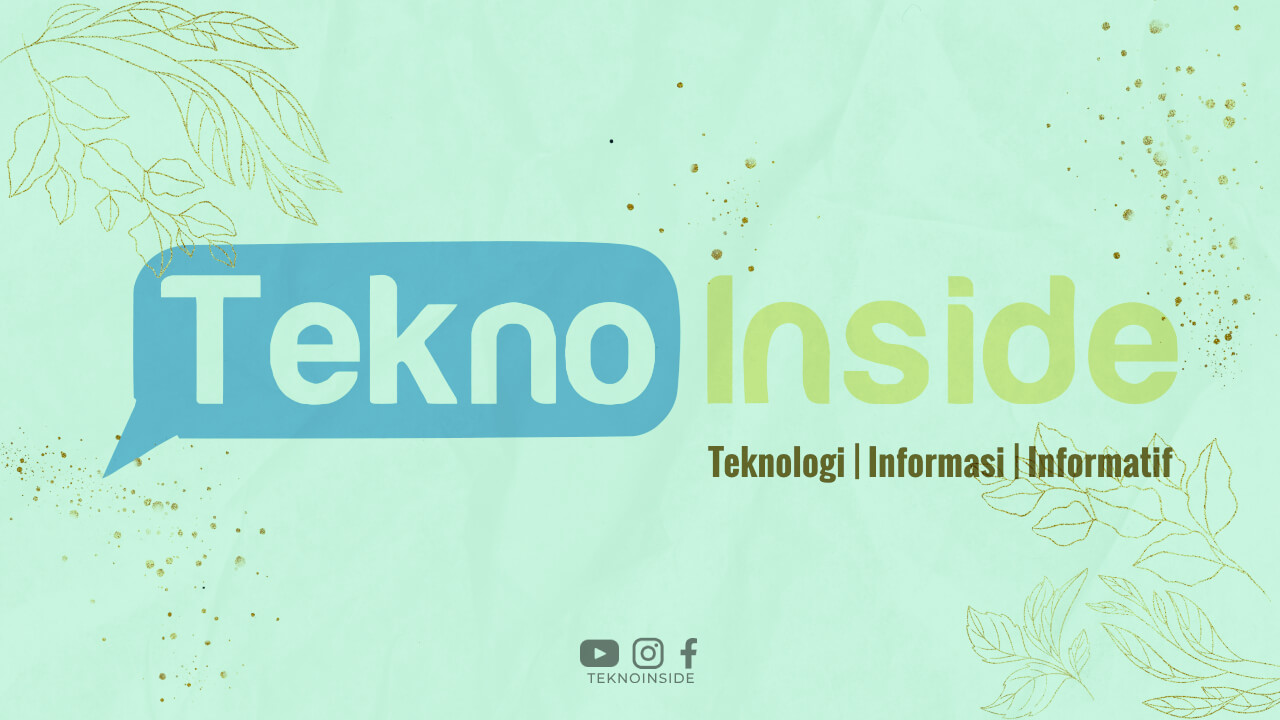Running a successful business requires constant evaluation and enhancement of various processes and strategies. Business improvement techniques play a crucial role in optimizing operations, increasing productivity, and achieving long-term success. By implementing these techniques, organizations can identify and rectify inefficiencies, streamline operations, and drive growth. In this article, we will explore some popular business improvement techniques that can help businesses thrive in today’s competitive landscape.
1. Lean Management
Lean management focuses on minimizing waste and maximizing value for customers. It encourages organizations to eliminate non-value-adding activities, streamline processes, and create a culture of continuous improvement. By adopting lean principles, businesses can enhance efficiency, reduce costs, and deliver superior products or services to their customers.
2. Six Sigma
Six Sigma is a data-driven approach that aims to improve the quality of processes by minimizing defects and variation. It involves the use of statistical tools and methodologies to identify and eliminate root causes of problems. By implementing Six Sigma, businesses can enhance customer satisfaction, increase operational efficiency, and achieve higher levels of profitability.
3. Total Quality Management (TQM)
Total Quality Management focuses on creating a quality-oriented culture within an organization. It involves continuous improvement, employee involvement, and customer focus. TQM aims to meet or exceed customer expectations by eliminating defects, reducing waste, and improving overall quality. By embracing TQM principles, businesses can enhance their reputation, increase customer loyalty, and drive sustainable growth.
4. Business Process Reengineering (BPR)
Business Process Reengineering involves the radical redesign of existing processes to achieve significant improvements in performance, efficiency, and effectiveness. It requires organizations to question existing practices, challenge assumptions, and redesign workflows from scratch. BPR can help businesses eliminate bottlenecks, simplify complex processes, and leverage technology to gain a competitive edge.
5. Kaizen
Kaizen, a Japanese term meaning “continuous improvement,” focuses on making incremental changes on a daily basis. It encourages employees at all levels to identify and implement small improvements in their work processes. By fostering a culture of Kaizen, businesses can drive innovation, boost employee engagement, and achieve sustained growth.
6. Agile Methodology
Originally used in software development, Agile Methodology has gained popularity in various industries. It emphasizes collaboration, adaptability, and iterative development. Agile teams work in short, focused sprints to deliver value quickly and respond rapidly to changing market demands. By adopting Agile principles, businesses can enhance their ability to innovate, deliver products faster, and respond effectively to customer feedback.
7. Continuous Improvement
Continuous improvement is an ongoing effort to enhance products, services, or processes. It involves regularly evaluating performance, identifying areas for improvement, and implementing changes. By embracing a culture of continuous improvement, businesses can stay ahead of the competition, adapt to market changes, and drive sustainable growth.
8. Key Performance Indicators (KPIs)
KPIs are measurable metrics that help businesses track progress towards their goals. By setting and monitoring KPIs, organizations can identify areas of underperformance, make data-driven decisions, and take corrective actions. KPIs provide valuable insights into business performance and enable organizations to focus their improvement efforts where they matter most.
9. Employee Training and Development
Investing in employee training and development is crucial for enhancing skills, knowledge, and capabilities. By providing regular training opportunities, businesses can empower their employees to excel in their roles, adapt to new technologies, and contribute to process improvement initiatives. Well-trained employees are more engaged, productive, and capable of driving positive change within the organization.
10. Technology Integration
Integrating technology into business processes can significantly improve efficiency and effectiveness. Automation, data analytics, and digital tools enable businesses to streamline operations, reduce manual errors, and gain valuable insights. By embracing technological advancements, organizations can optimize their processes, enhance decision-making, and stay competitive in the digital age.
Conclusion
Business improvement techniques are essential for organizations seeking to thrive in today’s dynamic business environment. By implementing lean management, Six Sigma, TQM, BPR, Kaizen, Agile Methodology, continuous improvement, KPIs, employee training, and technology integration, businesses can streamline operations, drive innovation, and achieve sustainable growth. It’s important for businesses to evaluate their unique needs and goals and choose the most suitable improvement techniques to stay ahead of the competition and deliver value to their customers.




